Heeramandi: A Glittering But Empty Spectacle, Beholden To Bhansali's Ideal Of Beauty
This is #CriticalMargin, where Ishita Sengupta gets contemplative over new Hindi films and shows
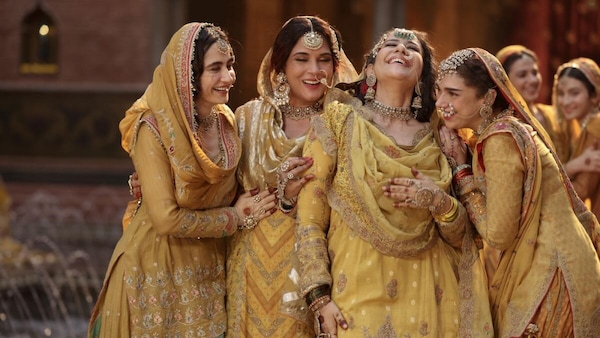
Last Updated: 04.02 PM, May 03, 2024
HOW MUCH BEAUTY is too much? Sanjay Leela Bhansali’s films have pursued this question and have been pursued by it. His close to two-decade-long career is a pulsating proof of the filmmaker evoking different iterations of beauty — the kind that dazzles and erupts, smoulders and shudders, terrifies and haunts — as a companion and as a stand-in for a plot. If this is a shortcoming then the limited theatrical runtime of his films and the staggering impact of his creations made it easier to sidestep it. But with Heeramandi, his streaming debut that dives deep into the blinding world of the courtesans in colonial India, Bhansali elicits another question: can beauty be enough?

The answer, at the end of the expansive eight episodes, stands as both yes and no. Heeramandi is an opulent piece of work that exists to evoke awe. Each frame is thoughtfully curated, each painting on the wall and inscription on the glass is included with precision. The careful diligence has come to be a Bhansali trademark. In that sense, a lot in Heeramandi feels like reiteration and enfolds the familiar joy of watching them. The playfield is expectantly huge. The series is set in the opulent world of the nawabs and the courtesans, and the premise lends itself organically to the director’s distinct aesthetic.
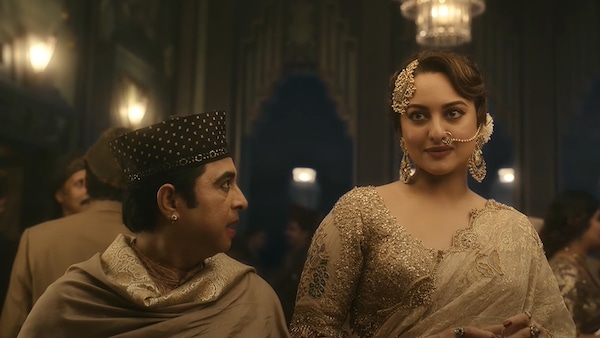
Some imageries linger. Like a courtesan placing earrings on her eyes and lying still, as if dead; a man looking at his reflection with an admixture of enchantment and enrapture on wearing a nath; a woman letting out a curse in the form of a prayer for the deceased; two women knifing each other with words as the flash light from a camera lights up their faces; a sea of light passing through the streets with every mouth articulating the sound of freedom.

There is a lot to remember Heeramandi by, but not enough that stays. The sprawling series is poignantly, dispassionately, clinically beautiful. It looks splendid but feels vacuous. Like dipping your toes in an ocean only to find the water cannot wet your feet. The frames, exquisite as they are, rankle with emptiness. Bhansali does not shortchange us as much as reveals himself and his work which, with a cumulative runtime of eight hours, underlines the shortcomings with more forceful clarity. In a show abound with blinds, it affords little space for the flaws to hide.
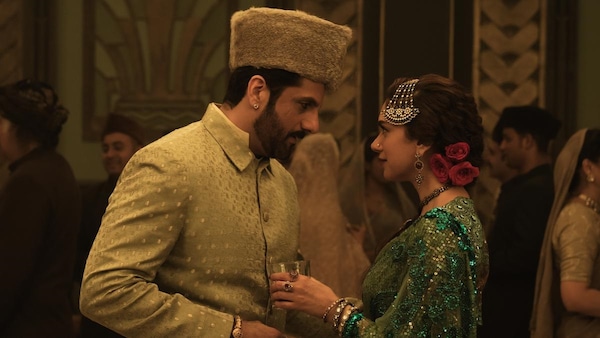
The reason for this is, there is not enough plot for all the beauty to fall back on. The writing by Divy Nidhi, Vibhu Puri and Bhansali (Moin Baig is credited for the story) aims for lofty heights but is reduced to a prop in the filmmaker’s preoccupation with worldbuilding. The purpose is there. The series is set in pre-Independent India when the British were ruling over the country and the wealthy nawabs were under their fist. Their feet, in turn, were tied to the roads of Heeramandi and the courtesans. It is the women, who commended themselves as artists and viewed by the world as a distraction, that exercised control over these men’s hearts.

Bhansali uses the setting to create a series of subjugators and subjugations, with the courtesans, trapped in their golden cage, appearing no less besieged than the country. But this is merely the outline; their interpersonal politics is too enticing for him to not delve into. So, he does. Heeramandi, the street of the courtesans, has a madam, Mallikajaan (Manisha Koirala), a matriarch who insists on being called huzoor (‘sir’) even by her daughters. Her sister is the ill-fated Waheeda (Sanjeeda Sheikh), her daughters are the tender Bibbojaan (Aditi Rao Hydari) and the defiant Alamzeb (Sharmin Segal). Mallikajaan has other tawaifs under her control, except Fareedan (Sonakshi Sinha), her niece who has come back to Heeramandi to gain control.
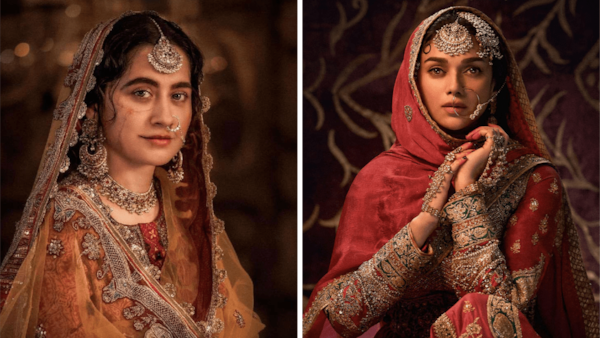
Bhansali’s obsession with courtesans is evident across his filmography and more recently, it culminated in the compelling Gangubai Kathiawadi (2021). But with Heeramandi, it becomes apparent that his intent of depicting them is layered with an ask of dignity but more tied to his desire of romanticism. In his hands and eyes, these women become beings who are not just fated to suffer but their suffering itself is treated as an aesthetic. This is not to say that he portrays them as non-agential women but that their endurance for misery is portrayed as agency. Some scenes come up as easy examples. Like Mallikajaan’s foster daughter, Lajwanti (Richa Chadha) doing a mujra at the wedding of the man she loves; like a wedding turning into a funeral; like a courtesan sitting under a fountain to relieve herself of the pain inflicted by men who preyed on her.
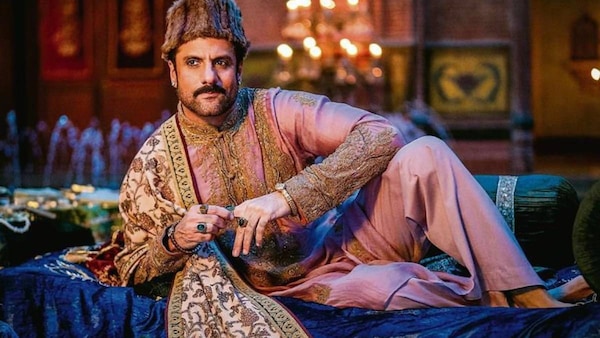
The treatment is consistently loud. For his digital debut, Bhansali goes for a more soap opera tonality where wrestling for power occupies the narrative centerpiece as characters eavesdrop, backstab, pull each other down with unchecked excess. The nawabs (comprising Fardeen Khan, Adhyayan Suman, Shekhar Suman) are relegated to the margins for good measure. But there is a worrying homogeneity in the way the female actors behave. This is Bhansali’s world (he is the director, musician and editor) and his creation throbs with control. Most of the women and their portrayals appear stilted… like they are compelled to align and not commit to his vision. The most obvious instance is Sharmin Segal who looks, talks and behaves the way Deepika Padukone did in the filmmaker’s previous films. She is also the lesser performer here.
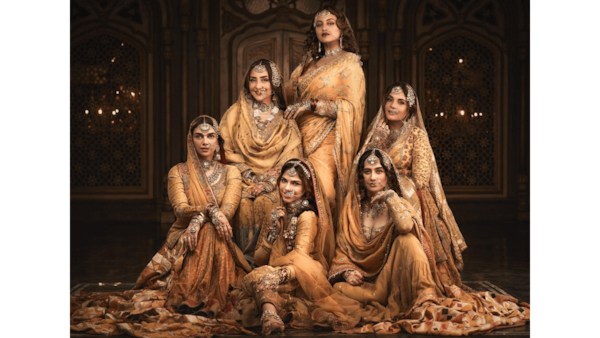
The one who rises above and beyond the heavyweight of the Urdu words and the finery is Koirala. The actor is terrific as Mallikajaan, the woman who has suffered so much that she has befriended her fate. Even Sinha uses her face, especially her eyes, with affecting consequences. But there is a jaded familiarity in the projection of actors like Hydari and Taha Shah Badussha, who plays Tajdar, a freedom fighter and Alamzeb’s lover. Incidentally, or not, both of them featured in another historical drama, Taj: Divided by Blood, set in the Mughal era (it is a different matter that all of them speak Urdu in a laboured way that suggests their teacher is standing on the other side of the camera).
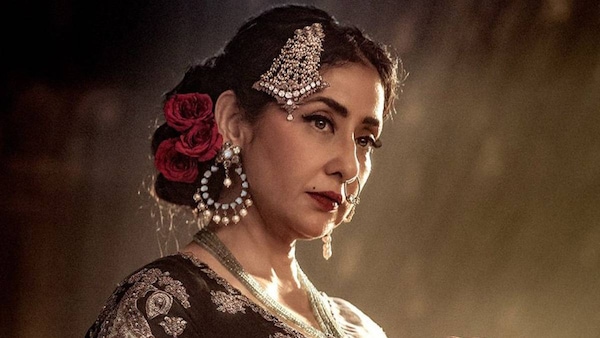
This sense of rehearsed reiteration is evident even in the way Bhansali depicts the underground freedom struggle. This year alone there has been a host of Hindi films which have dealt with a similar timeline (Kannan Iyer’s Ae Watan Mere Watan being one of them). Heeramandi offers nothing new and also distils what was a wide-ranging uprising bursting with multiple ideologies to a one-note simplistic movement. The time is somewhere around the 1940s but no one talks about Pakistan nor does anyone acknowledge that there existed two contrasting schools of ideals. Which brings me to the question whose answer Heeramandi does provide: Should beauty be enough? No.
